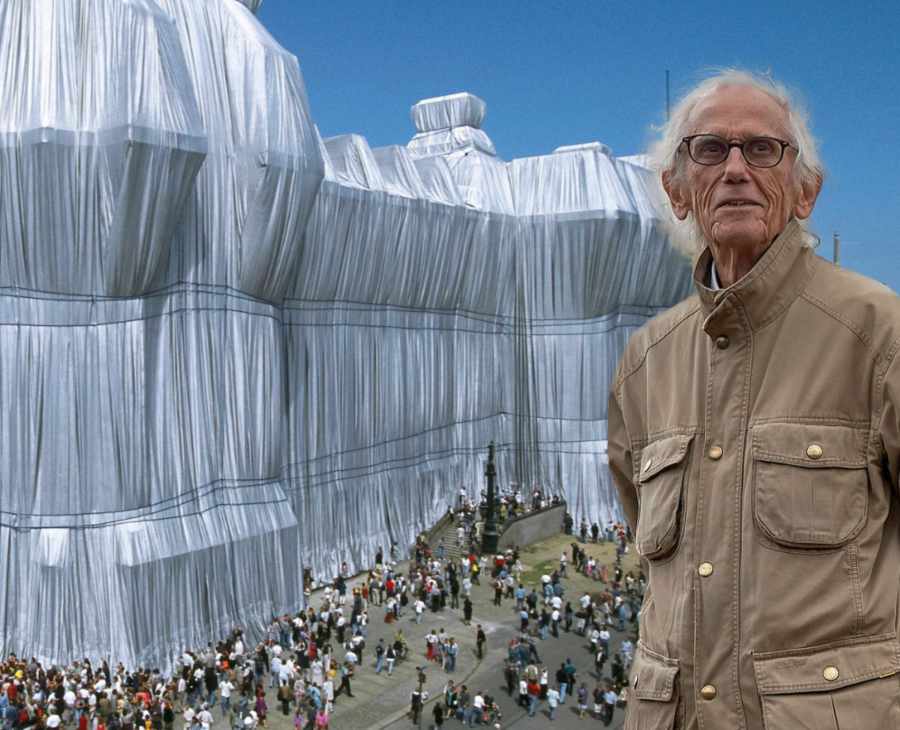The story behind a mural
Diego Rivera’s Revenge
The story behind a mural
Diego Rivera’s Revenge
In 1934 Diego Rivera had been commissioned to paint a mural in the John D Rockefeller Centre in New York, USA. But objections to one of the characters depicted caused uproar. The mural was destroyed, but Rivera took revenge. Watch the video short below to find out how.
Diego Rivera
Diego Rivera (1886-1957) was a prominent Mexican artist and muralist known for his vivid and politically charged murals. He was born in Guanajuato, Mexico and studied art in Mexico City, as well as in Europe. Rivera was a founding member of the Mexican muralism movement and his works often depicted scenes from Mexican history and daily life. He also incorporated Marxist and socialist themes in his art, reflecting his political beliefs. Rivera’s murals can be seen in public buildings and museums throughout Mexico and the United States. He remains one of the most famous artists of the 20th century.
Diego Rivera’s Revenge
Diego Rivera, a prominent Mexican painter and muralist, was commissioned in 1932 by the Rockefeller family to create a mural for the lobby of their newly-built Rockefeller Center in New York City. The mural, titled “Man at the Crossroads,” was intended to depict the social and political issues of the time. Rivera was given complete creative control over the project.
Controversy
However, when the mural was unveiled in May 1933, it sparked a major controversy. The mural included a depiction of the Russian Communist leader Vladimir Lenin. This was considered highly provocative during what was known as the Red Scare of the 1930s. The Red Scare arose after World War I and revolved around the perceived threat from the American labour movement, anarchist revolution, and political radicalism. So the inclusion in the mural of images of workers and other socialist themes, were deemed by some to be anti-American.
Destruction
John D. Rockefeller Jr., who had commissioned the mural, was outraged and demanded that Rivera remove the Lenin figure. When Rivera refused, Rockefeller had the mural covered up with canvas. Eventually he ordered its destruction. Rivera was paid in full for his work, but the incident caused a major scandal in the art world. It led to a public debate about the role of art and politics.
Revenge
Rivera later recreated the mural in the Palacio de Bellas Artes in Mexico City, with some modifications, as “Man, Controller of the Universe.” Rivera took revenge on John D Rockefeller by depicting an image of him with a drink in his hand (he was a teetotaller) talking to a woman underneath an image of Syphilis cells.
The mural is now considered one of his greatest works and a masterpiece of Mexican muralism. The controversy surrounding the Rockefeller Center mural is often seen as a seminal moment in the history of public art in the United States. It highlighted the tension between artistic freedom and commercial interests. The incident also cemented Rivera’s reputation as a political artist and a champion of the working class.
Check out our other Mexican Artists: Frida Kahlo





